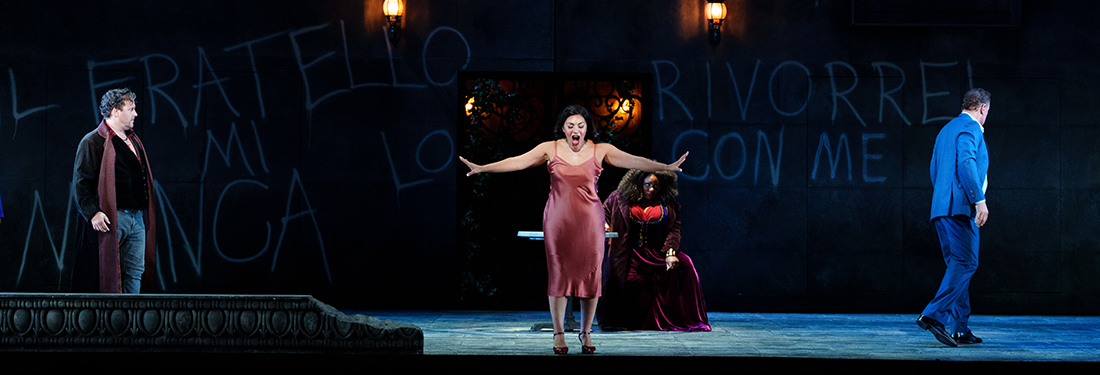

Igor Levit
From one of the finest Die Frau ohne Schattens of recent years, the shimmering reimagined world of Frida Kahlo in El último sueño de Frida y Diego to the heartbreaking relevancy of Kaija Saariaho’s Adriana Mater—just a week after Saariaho’s unfortunate passing—we were so blessed with an embarrassment of riches that even The New York Times published an article about it!
We can certainly now add to that distinguished list that this Pride weekend, San Francisco is also the orchestral music capital of the United States, as San Francisco Symphony premiered what might be one of the finest accounts of the super-rare Ferruccio Busoni’s gargantuan Piano Concerto in C major, Op. 39 last Thursday June 22, long regarded as the longest and the most complex in the genre.
Clocked at around 75 minutes in length and requiring a massive orchestra and a men’s chorus, the Concerto had been called everything from “glorious excess”, “monstrously overwritten” to “the monster concerto”, as is evident in a 2012 Alex Ross article prior to the New York premiere of the piece.
Personally, I first heard the Piano Concerto from the historic 1967 John Ogdon recording with Daniell Revenaugh and Royal Philharmonic Orchestra, although I learned to appreciate the piece with Marc-André Hamelin’s 1999 Hyperion recording with Mark Elder/City of Birmingham Symphony Orchestra and recently, Kirill Gerstein’s live 2017 performance ith Sakari Oramo and Boston Symphony. But no recordings could have prepared me for the electricity of experiencing the piece live at Davies Symphony Hall on Thursday!
The multi-hyphenated Busoni (1 April 1866—27 July 1924) was a distinguished composer, pianist, conductor, writer, and teacher. Although he’s probably best known for his Johann Sebastian Bach transcriptions these days (the so-called Bach-Busoni Editions), he was an acclaimed virtuoso pianist during the turn of the 20th Century, so it was little wonder that he turned his energy in creating his own concerto.
The work on the Piano Concerto began in 1901 and Busoni completed it in 1904, with the first performance took place on November 10, 1904, where Busoni himself was the soloists with Karl Muck conducting the Berlin Philharmonic. It was cast in five movements, which Busoni wished to be played as a continuous whole, without break according to his biographer Edward Dent (Thursday’s performance didn’t observe that due to obvious reasons.) The final movement included the “Hymn to Allah” final scene of the 1808 German edition of Adam Oehlenschläger’s verse drama Aladdin or the Wonderful Lamp, sang by six-part men’s chorus.
To understand the genesis of the Piano Concerto better, it was important to remember the musical landscape of the Austro-Germany Romantic era around the time. The popularity of Richard Wagner’s operas spread his concepts of Gesamtkunstwerk (all-embracing art form) throughout the nation and program music especially flourished, manifesting in the form of musical idioms being used to illustrate specific texts or paintings, oftentimes by famous philosophers or poets.
By 1901, Richard Strauss had written all but two of his tone poems (including Also sprach Zarathustra based on Friedrich Nietzsche‘s novel) and Gustav Mahler had completed all his Wunderhorn symphonies (which originally had descriptions associated with each movement). Busoni masterfully combined these various influences from his peers and predecessors (among others, including Franz Liszt, Hector Berlioz, Alexander Scriabin, and, particularly in fourth movement, Gioachino Rossini) to create his own distinctive sound that bound the whole project together.
The blueprint of the Piano Concerto was undoubtedly Ludwig van Beethoven’s Choral Fantasy, which Busoni performed in 1896. Like his contemporaries Busoni had a specific conception for his Piano Concerto, and in his 1902 letter to his wife he detailed an illustration (that eventually was reproduced as the title page of the score as seen below) and the following description taken from the concert’s program notes:
The enclosed drawing is crude and clumsy, but not ridiculous. … It is the idea of my piano concerto in one picture and it is represented by architecture, landscape, and symbolism. The three buildings are the first, third, and fifth movements. In between come the two “lively” ones, Scherzo and Tarantella: the first represented by a miraculous flower and birds, freaks of nature; the second by Vesuvius and cypress trees. The sun rises over the entrance; a seal is fastened to the door of the building. The winged being right at the end is taken from Oehlenschläger’s chorus and represents mysticism in nature.

The biggest challenge for Busoni’s Piano Concerto and the main reason for its rarity was the role of the soloist. Busoni himself tended to downplay his virtuoso pianism and to present himself as more of a composer, and that philosophy somehow reflected in the construction of the concerto. The piece was styled practically in symphonic proportions with the pianist playing the obbligato role. Dent particularly emphasized this point in his Busoni biography, as he commented:
Despite the incredible difficulty of the solo part, Busoni’s concerto at no point offers a display of virtuosity. Even its cadenzas are subsidiary episodes. At the same time the pianoforte hardly ever presents a single theme in its most immediate and commanding shape. It is nearly always the orchestra which seems to be possessed of the composer’s most prophetic inspiration. Busoni sits at the pianoforte, listens, comments, decorates, and dreams.
It was not surprising that many pianists, even those that had the skills to tackle the technical demands, would think twice to embark on performing this concerto.
San Francisco Symphony found an ideal interpreter for this premiere in Russian-German pianist Igor Levit as part of his two-week concert residency with the SFS this month. Levit—himself a multi-hyphenated pianist, teacher, thinker, activist—considers Busoni as one of his musical heroes, as he shares his philosophy of empowering individuality. In an interview with him and Esa-Pekka Salonen (SFS Music Director who led the orchestra for these performances), Levit commented on the difficulties of the piece as
a piece to widen your curse words repertoire. … There is a spot in the ‘All’Italiana,’ right after the cadenza, where the piano has these huge chords in left and right and they run toward each other. It’s sort of unachievable … You constantly are aware of the fact that you as a pianist, are in the middle of playing something extraordinary.
The first movement, labeled “Prologo e Introito. Allegro, dolce e solenne” in the score, opened with a Brahmsian symphonic mode that Salonen shaped beautifully with steady hand. The entrance of the piano, which almost sounded as if Busoni tried to outdo the opening of Tchaikovsky’s Piano Concerto No. 1, found Levit fearlessly executing those massive waves of chords in four staves.
From there, Levit, Salonen and the Orchestra constantly moved through episodes after episodes while establishing a direct connection, resulting the piano sounded like part of the orchestra. I had the opportunity to sit just two rows behind Levit and to observe his body language throughout, and he constantly amazed me.
Here was a virtuosic pianist—one of the best of his generation—who dispensed with all the formalities and dressed simply in black jeans and black shirt, and more importantly, who was not afraid simply being a piano obbligato (despite playing ridiculously difficult part)!
Furthermore, Levit attentively listened (even responded with a tiny wink or smile at times) to the orchestra throughout the piece and continuously communicated with Salonen, creating a great rapport among the soloist, conductor and the orchestra. In addition, I was extremely impressed with Levit’s judicious pedal work that producing an extremely clear sound from the piano.
The second movement marked “Pezzo giocoso. Vivacemente, ma senza fretta”, and Levit truly emphasized that “playfulness” in the opening part (the rare occasions where the pianist got to show off his skills) that he performed with a sense of wild abandon while Salonen pulled back to keep everything in line, justifying the “freak of nature” described for this movement above.
To my ears, the push-pull playfulness between the orchestra led by Salonen and Levit almost anticipated the sound of Luciano Berio’s Sinfonia some sixty years later, contrasting with, say, Gerstein/Oramo on records that was firmly rooted in Lisztian approach.
The all-important third movement, even labeled “Pezzo serioso” (serious piece), really showcased Busoni’s highly personal musical idioms and masterful orchestration, and here we found Levit at his most probing self, aided gorgeously by Salonen and the Orchestra. They chose a well-judged pace for this massive movement that never dragged among the four sections and they imbued the performance with a sense of dignity and nobility.
After such a highly introspective set (lasted around 25 minutes), the “wild” Levit returned for the fourth movement “All’Italiana, Tarantella. Vivace, in un tempo”. In this instance we arrived in Rossini land, and Busoni styled the movement as Tarantella (a type of Neapolitan dance music from Campania), hence the Vesuvius in the drawing.
Busoni’s writing for the piano was highly elaborate, and as mentioned above, contained extreme degree of difficulties for the pianist, with flashes of the famous Galop of Rossini’s Guillaume Tell Overture came to mind occasionally. Once again, Levit rose to the occasion superbly in tandem with the Orchestra as brilliantly led by Salonen, pushing forward to the movement’s satisfying climax.
Busoni wrote two cadenzas for the piano in this movement, one included in the printed score and a more elaborate one resided in the later two-piano edition. On Thursday I observed that Levit flipped the score in front of him to a different section at this point, so I assumed he chose to perform the latter version of the cadenza.
Interestingly, had Busoni ended the concerto after the fourth movement (which had a huge climax), it would have been acceptable as the normal four-movement Romantic symphonic forms at that time. Nevertheless, Busoni apparently admired Aladdin, even planned to adapt it at one time, but the plan didn’t come through. Dent described below how “Hymn to Allah” ended up in the concerto final movement:
One may indeed wonder why an essentially Italian work should end with verses in praise of Allah. The plain fact was that Busoni at the moment happened to be interested in Aladdin and had set the final chorus to music. When he planned the Concerto he saw that this chorus, which has something of the mystical character of the concluding stanzas of Goethe’s Faust, was exactly the music to give the general sense of serenity that he required for his own finale.
The fifth movement bore a title “Cantico: Largamente”. For this, Busoni instructed the male chorus to be invisible, as its function was just “to add a new register to the sonorities which precede it”, so for these performances a white screen was used to cover the chorus, which was placed at the back, above the percussions.
In this very Mahlerian movement, I wish the entrance of the chorus would be a little bit more hushed to enhance the mystic quality of the music-making (After all, Busoni inscribed Oehlenschläger’s stage direction “Low and Soft the Stone Columns Begin to Resound” on the score). Nevertheless, the male chorus, directed by Jenny Wong, sang extremely well in this movement (with echoes of Mahler’s Finale from Resurrection Symphony), and together, Levit, Salonen, the Orchestra and Chorus brought the piece to its exhilarating end.
On Thursday, the audience showered the artists with the longest standing ovations I’ve ever seen at Davies Symphony Hall, so much so that Levit performed an encore of Bach-Busoni transcription of “Nun komm, der Heiden Heiland.”
There weren’t any words superlative enough to describe the experience that Thursday night except that it was the finest performance of any piano concertos I’d ever seen in my life! There will only two more performances and you would be wise not to miss this! And San Francisco Symphony, any chance for live recording, please?
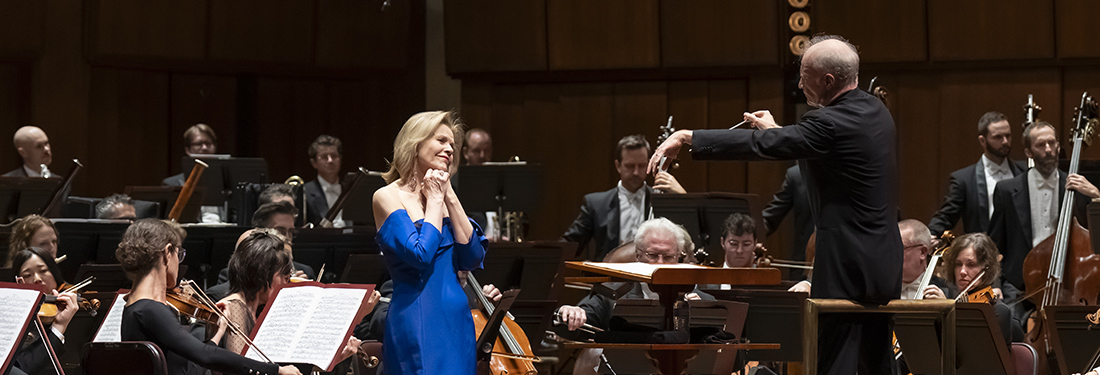
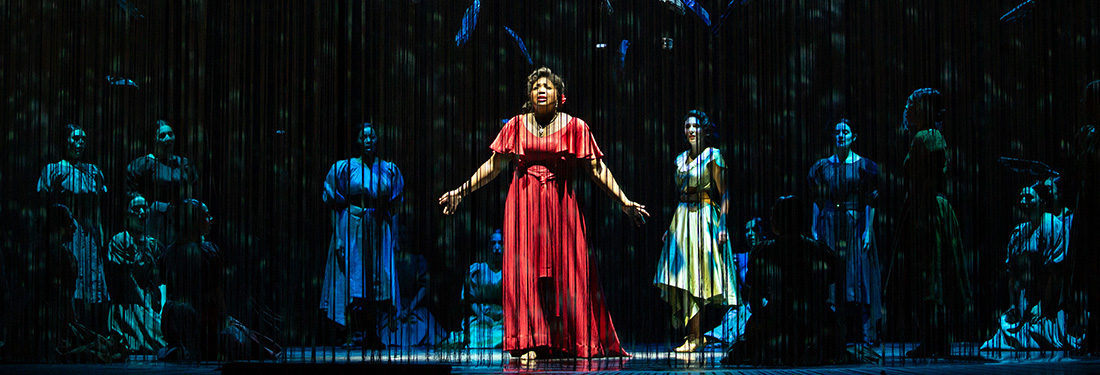
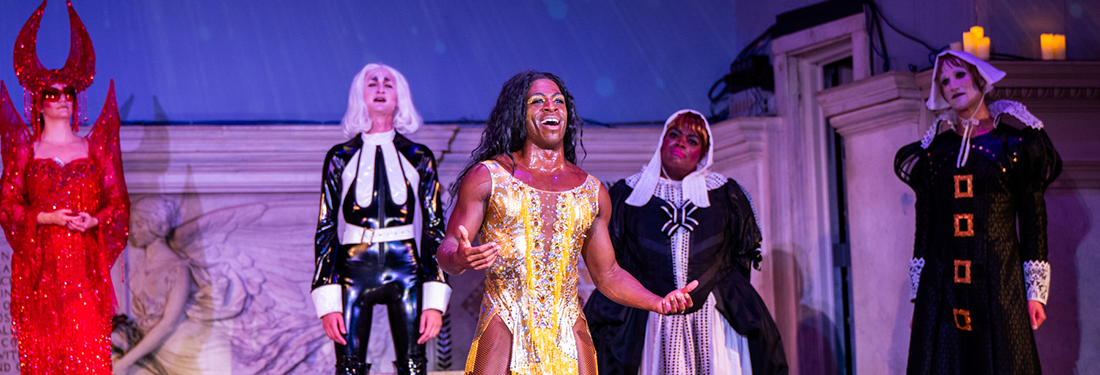
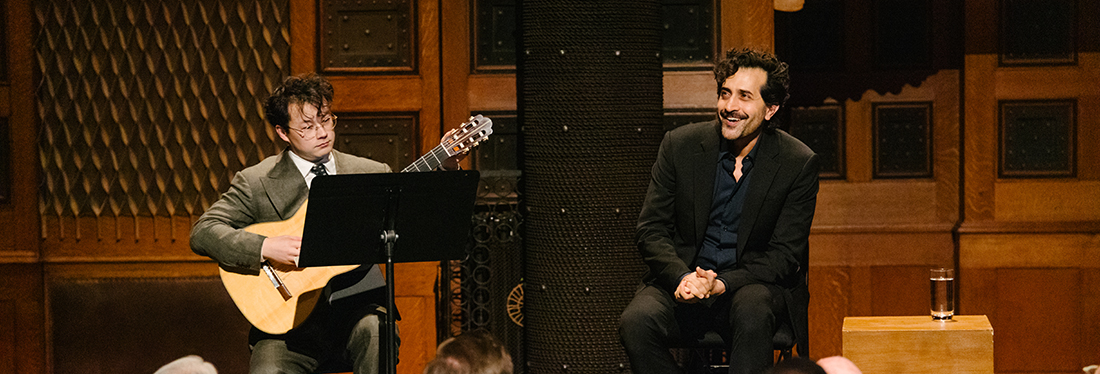
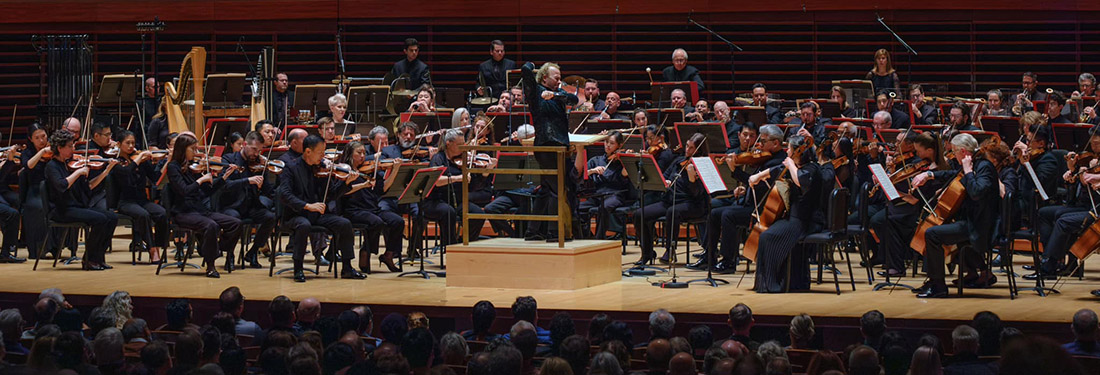
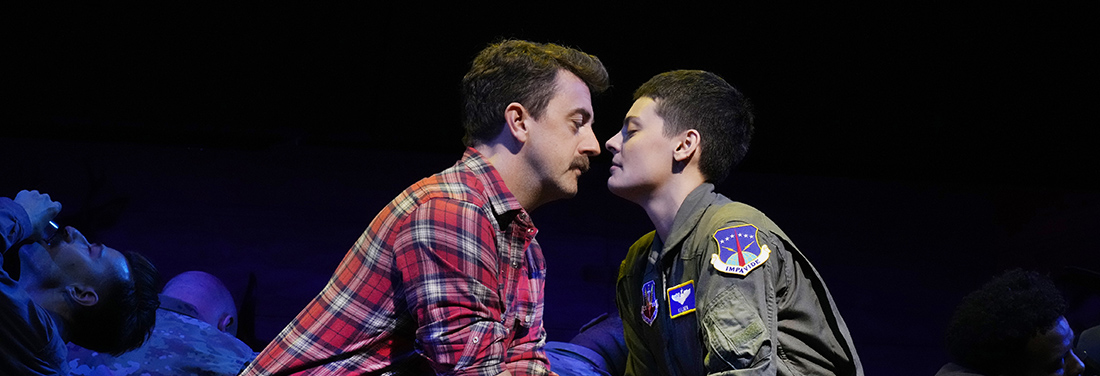
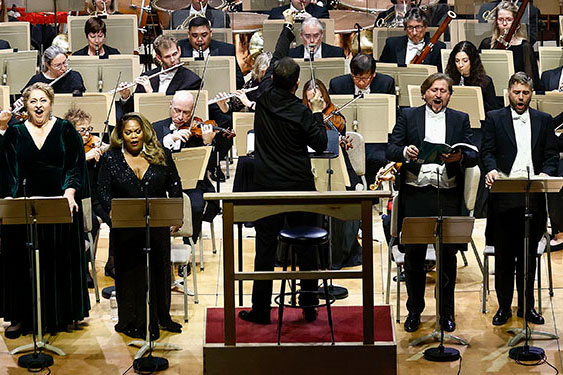
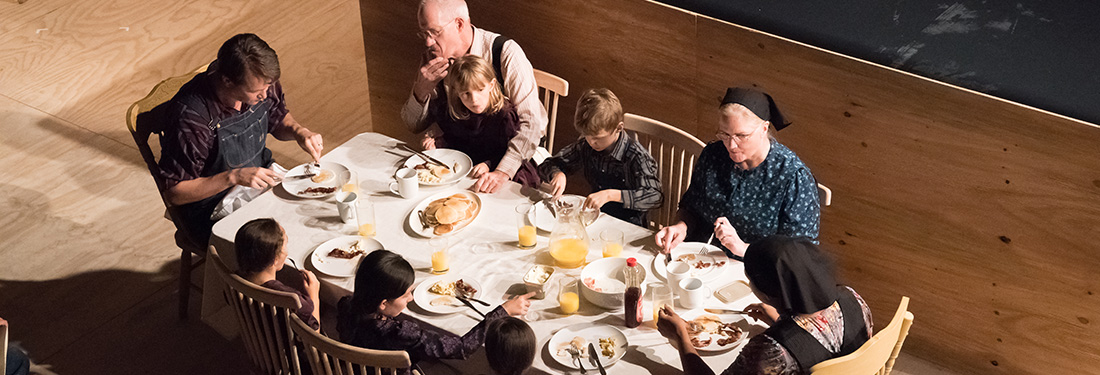
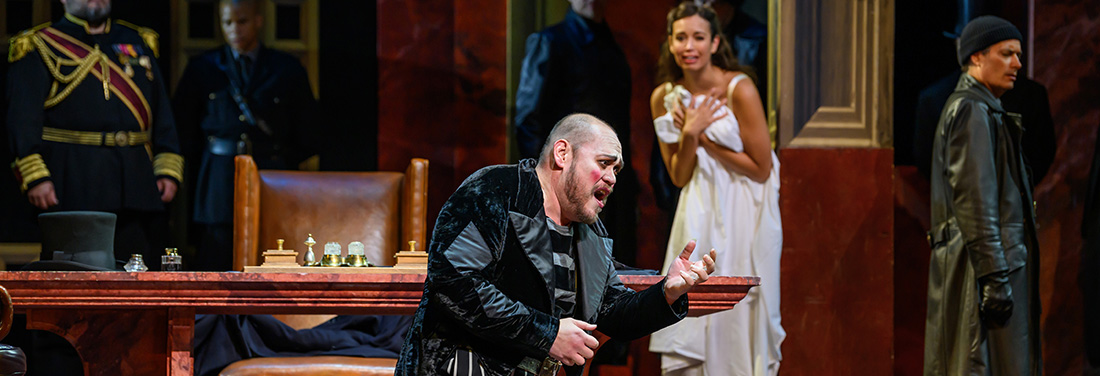
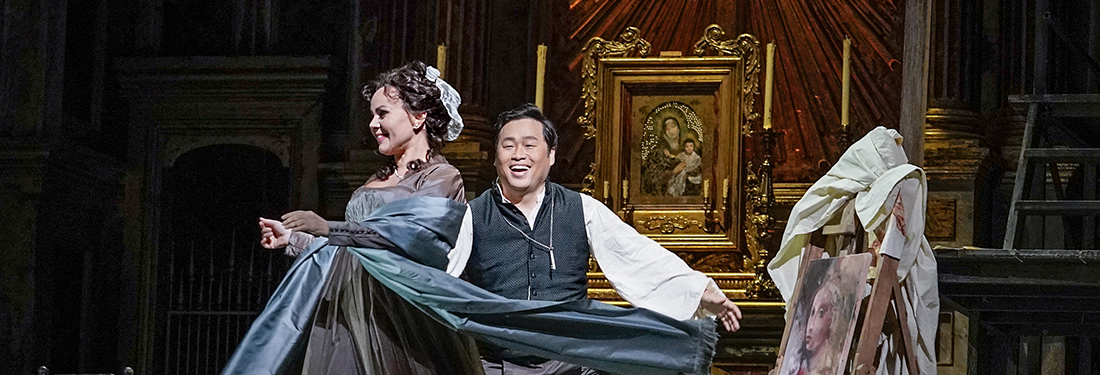
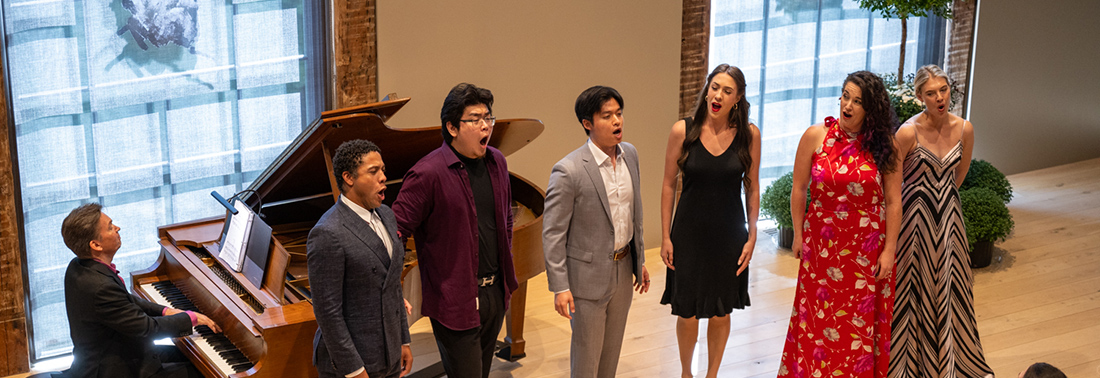
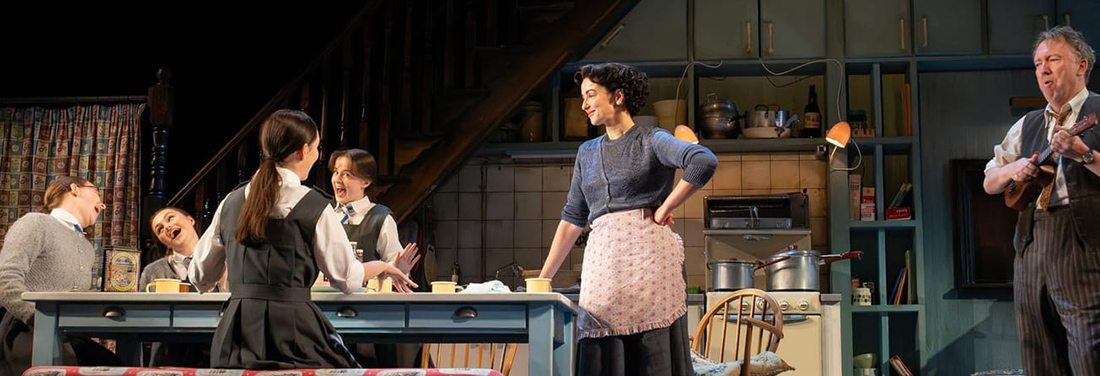
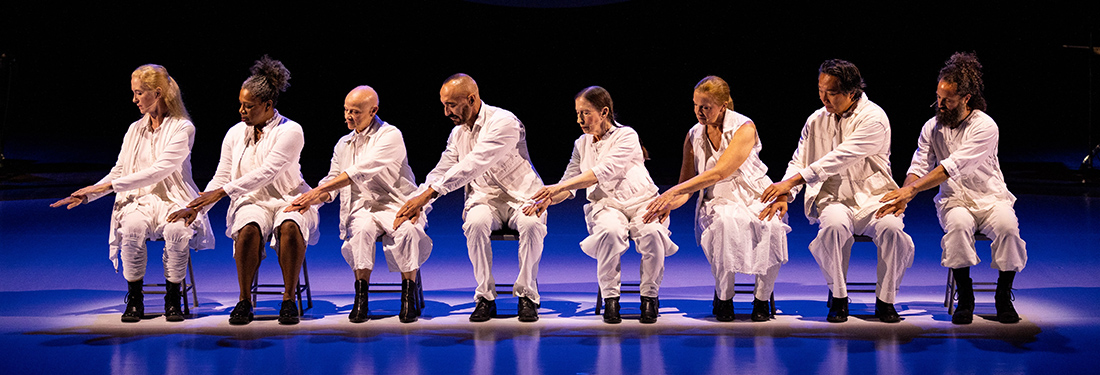

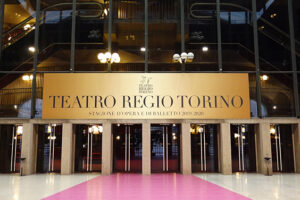
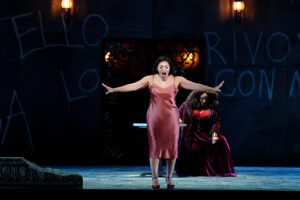

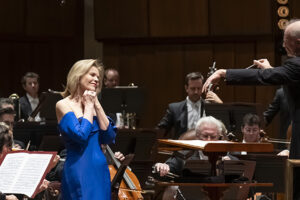

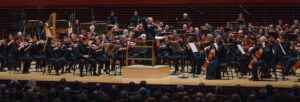
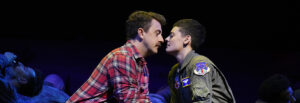



Comments